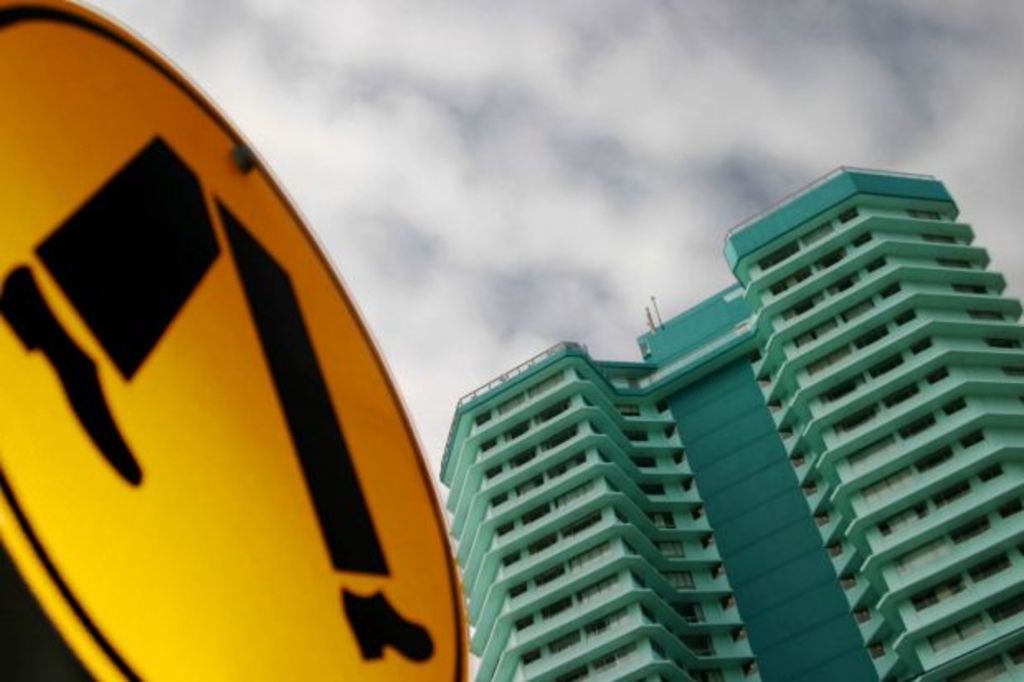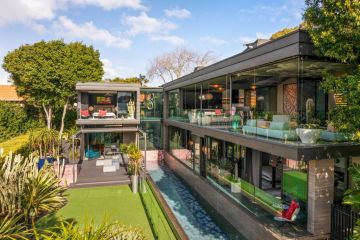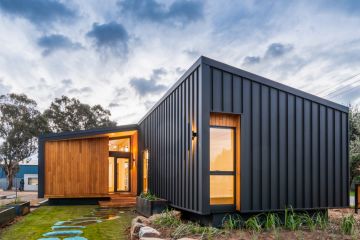Foreign investors vs first-home buyers: How NSW and Vic are threading the needle

The NSW and Victorian state governments have pulled off one of the rarest victories imaginable – a successful manipulation of the property market for the better.
Using stamp duty as a cattle prod, Australia’s biggest states with the hottest property markets have cooled foreign investor demand and encouraged first-home buyers back onto the scene without causing a sudden collapse in prices.
The property market has many moving parts and plenty of competing stakeholders, but this, for now, is a win.
Foreign investors are expected to make up 18.1 per cent of new NSW property sales in the first quarter of 2018, down from 23.6 per cent in the same period a year ago, and it’s a similar story in Victoria as foreign buyers drop from 25.2 per cent to 21 per cent of the market in the space of a single year.
That’s due to NSW doubling its stamp duty tax for foreign buyers to 8 per cent of the purchase price from 4 per cent, and in Victoria, foreign investors now have to pay 7 per cent on top of standard stamp duty, plus additional tax if their house is left vacant.
Meanwhile, first-home buyer representation in the property market has jumped to 18 per cent – the highest it has been since 2012 – as a result of stamp duty exemptions and discounts in both states.
Simply put, NSW and Victoria have poured some of the liquid from the foreign investor bucket into the first-home buyer bucket in an attempt to even things up, and it’s working.
At the same time, moves from the Australian Regulation and Prudential Authority to slam the brakes on the red-hot local property investor market is cooling demand from that group.
But despite this tremendous period of change for the composition of these nationally crucial property markets, the correction to home prices continues to be a relatively orderly return to normality after years of record-breaking gains, rather than a hard landing.

It might be tempting to look at the latest median house price data for Sydney and Melbourne as fairly grim because they seem to be heading for zero after double-digit growth for several consecutive years. But given the smack investors and foreign buyers have copped, along with the outlook for multiple Reserve Bank interest rate hikes in coming years, it could be a lot worse, especially for unit prices.
Sydney’s quarterly house price growth has dropped to 0.5 per cent and its annual growth rate has dropped to 4 per cent, while quarterly unit price growth slipped into negative territory and is running at just 1.4 per cent growth for the year.
Melbourne, meanwhile, has managed 3.2 per cent quarterly growth for house prices and 2.8 per cent for units, keeping annual growth at 11.3 per cent and 8 per cent, respectively.
There will likely be a further correction from here, but this cycle will see first-home buyers continue to charge into below median priced house and units.
While 70 per cent of first-home buyers would prefer to buy a house, according to mortgage and lobby group First Home Buyers Australia, the stamp duty-free threshold of $650,000 in NSW and $600,000 in Victoria naturally funnels them towards units.
To be specific, the median apartment price in Sydney currently sits at $736,879, compared with the median house price of $1.18 million, while Melbourne’s median unit price is well under the stamp duty-free threshold for first-time buyers at $506,079, compared with $903,859 for houses.
And with data showing first-home buyers are increasingly willing to compromise on almost all aspects, the state governments are using keen first-home buyers to help plug a hole in the apartment market they and APRA made by slugging foreign and local investors with higher taxes and rates, respectively.
A few points are worth remembering: Stamp duty remains a heaving burden for non-first-home buyer owner-occupiers, which comes with its own set of consequences; stamp duty concessions are unlikely to be around forever; and first-home buyers are taking on a large debt-load while interest rates are at record lows and are expected to start rising by the end of this year – all concerning points.
Still, the once-endangered species of Sydney and Melbourne first-home buyers are being welcomed back and, as long as foreign buyers aren’t completely spooked out of the market, it’s not a bad result, for now.
We recommend
States
Capital Cities
Capital Cities - Rentals
Popular Areas
Allhomes
More







